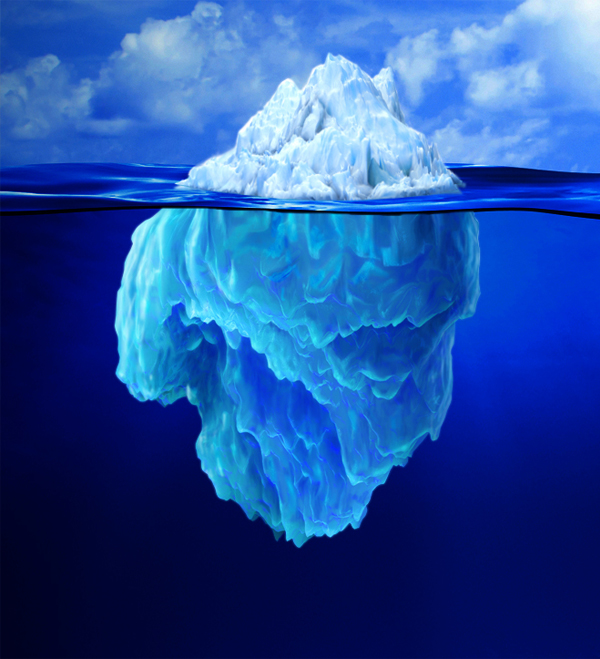The Iceberg Theory

By PSPA Editorial Staff
The Iceberg Theory (also known as the "theory of omission") is a style of writing coined by American writer Ernest Hemingway.
The theory is so named because, just as only a small part of an iceberg is visible above water, Hemingway's stories presented only a small part of what was actually happening.
Alternatively speaking, Ernest Hemingway's "iceberg" theory is his strategy of fiction writing in which most of the story is hidden, much like an iceberg underneath the ocean. The largest percentage of an iceberg is underwater (not visible) and is subsequently the strongest part of the iceberg. In the same way, the strongest part of a Hemingway story is what is hidden from the reader and if applicable, revealed later.
Hemingway developed the style as a result of being a journalist, a profession which requires conciseness due to space restraints in printed newspapers. Hemingway believed that the application of the iceberg theory created the perfect short story, and the more details the writer strips away, the more powerful the story is.
The Iceberg and Iceberg Theory described above specifically relates to Ernest Hemingway and his style of writing.
Within a parallel universe, countless analogous interpretations can be drawn when making comparisons as is the case when comparing an “Iceberg” to “Humankind.” In this comparison, only a small part of a humans mindset (culture, philosophy, values, principals, beliefs, thoughts, and ideas) are visible to the naked eye, the largest percentage is (not visible) hidden within the vast depths of an individual’s mind.
To this end, this analogy can be drawn - not everything or everybody can be judged on looks alone.






